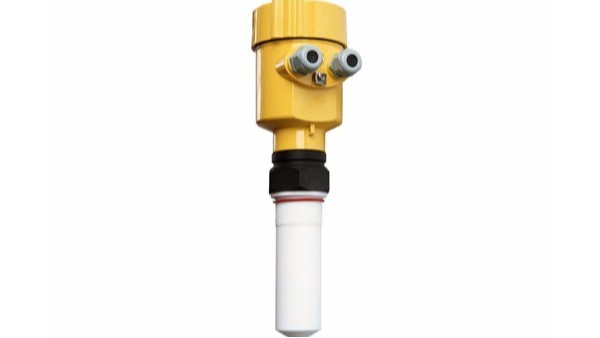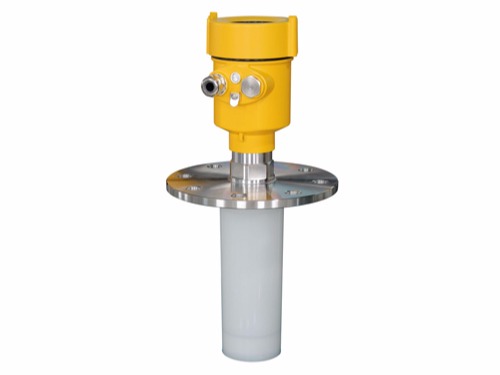Stirred reactors are a common type of chemical processing equipment used to mix and react chemicals. During operation, level monitoring and control are very important to ensure the stability and safety of the operation process.
A radar level meter is a kind of level measurement equipment widely used in various industrial occasions, and it is also widely used in stirred reactor level measurement.
In this paper, we will introduce the characteristics of stirred reactors and provide two actual measurement cases to show the application of radar level meters in this area.

Characteristics of Stirred Reactors Stirred reactors are a type of equipment used to mix and react chemicals with the following characteristics: High Temperature and High Pressure: Stirred reactors are usually operated in high-temperature and high-pressure environments to promote chemical reactions.
This makes the selection of level measurement equipment somewhat limited, and it needs to be sufficiently resistant to high temperature, high pressure, and corrosion. Multi-phase substances: Mixtures of multi-phase liquids, gases, and solids may be present in stirred reactors.
Therefore, when choosing level measurement equipment, you need to consider its adaptability to multi-phase substances. Fast response: the reaction process of stirred reactor may change rapidly, the fast response of liquid level change is one of the important indexes of stirred reactor level measurement equipment.

Here we better understand the application of a radar level meter in the level measurement of the stirred reactor through actual measurement cases.
In the first case, stirred reactors are widely used in chemical plants to produce chemicals. However, the level measurement is sometimes interfered with by the stirrer, which leads to a decrease in accuracy.
Conventional stirred-reactor level measurement devices are often difficult to adapt to these challenges.
Instead, radar level meters provide accurate and reliable level measurements through their optoelectronic coupling technology and stabilized microwave signals, which are not interfered with by the agitator and are not affected by warmth, gases, or solids.
Its ability to respond quickly to level changes and minimize errors helps plants ensure operational stability and safety. The second example is in a pharmaceutical plant, where stirred reactors are commonly used to prepare drugs.
The control and measurement of liquid level changes are critical to the pharmaceutical process. However, traditional measurement methods are often difficult to adapt to the complex operating environment of stirred reactors and the high frequency of level changes. Radar level meters provide fast and accurate measurements without interference, responding quickly to level changes in stirred reactors and providing real-time feedback so that operators can make timely adjustments and control the operation of the reaction system.

Stirred reactors are characterized by high temperatures, high pressures, multi-phase liquids, and fast response. These characteristics require level measurement devices that are resistant to high temperatures, high pressures, and corrosion, and need to be able to adapt to multi-phase substances as well as respond quickly to level changes.
Examples of real-world measurements demonstrate the use of radar level meters for level measurement in stirred reactors in chemical and pharmaceutical plants.
They provide accurate, stable level measurement data and fast response to level changes, helping operators to adjust and control the system.
In the field of stirred reactor level measurement, radar level meters are widely used for their high accuracy, reliability, and stability.
